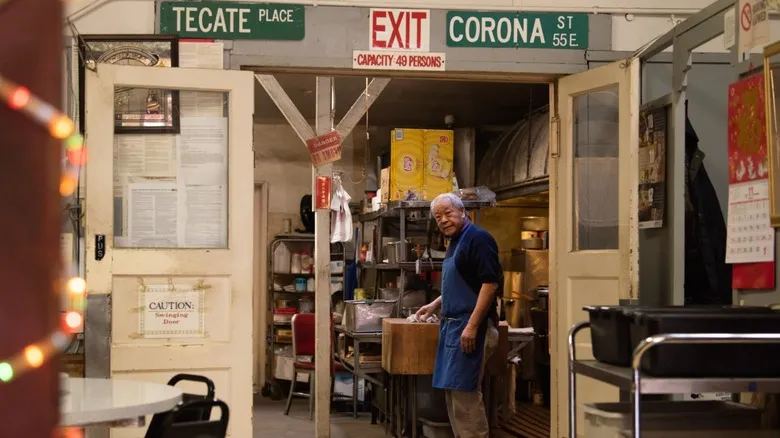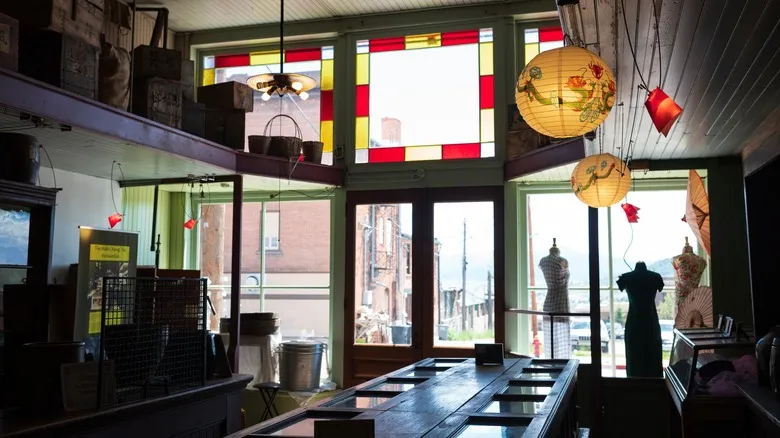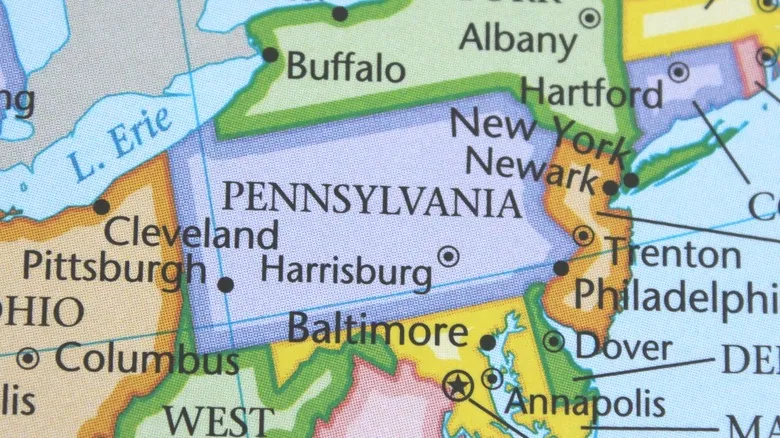A disputed title

In recent years, the claim that Pekin is the oldest Chinese restaurant in the U.S. has come under scrutiny. Research from UC Davis in 2022 suggests that Woodland's Chicago Cafe might actually hold that title. The cafe asserts it has been in operation since 1903, predating Pekin Noodle Parlor by several years. However, attempts to verify this claim have yielded inconclusive results. Historical newspaper articles and advertisements indicate that Chicago Cafe was definitely in business by at least 1910, while research also shows that Pekin Noodle Parlor was serving customers as early as 1909, though at a different location than its current site.
The UC Davis study highlights that pinpointing the exact opening dates of these restaurants is challenging due to the exclusion of Asian individuals and establishments from local directories in the early 1900s. Consequently, these restaurants were primarily promoted through word-of-mouth. Regardless of which restaurant is the oldest, it is undeniably remarkable that both have endured for such a long time. While estimates vary, it is widely recognized that maintaining a restaurant beyond its fifth year is a significant achievement, let alone for 110 years, as both of these establishments have accomplished.
How Chinese restaurants give us a glimpse into the past

Beyond the typical challenges of running a business, these restaurateurs faced significant hardships. Both opened their establishments during the era of the Chinese Exclusion Act and encountered widespread xenophobia. There were unfounded accusations that MSG, a common seasoning in Chinese cuisine, was responsible for health issues. They endured targeted violence, including a 1912 attack on Pekin co-owner Hum Yow and two of his waiters by five white miners, as well as a 1910 stabbing of cook Hum Yum by a former police officer. Additionally, restrictions were imposed on restaurant owners and workers who were unable to obtain citizenship, creating further obstacles for those striving to keep their businesses afloat.
Despite these challenges, they persevered, providing employment and a sense of community for Chinese individuals in an often unwelcoming environment—an experience that the UC Davis paper highlighted as typical among immigrant groups. The research identified Jewish delis, Greek diners, Italian restaurants, and Irish pubs as examples of cultural pillars that have become integral to American culture, much like Chinese restaurants. These establishments serve as a testament to the significant contributions of immigrants who labored to create the diverse communities and culinary landscapes that enrich our cities today.
Recommended

Pennsylvania's Oldest Bar Is Steeped In Almost 350 Years Of History

The Small Business Behind Disney World's Popcorn

The Inventors Of Worcestershire Sauce Didn't Even Like It At First

How Milk Became The Official State Drink Of North Carolina
Next up





